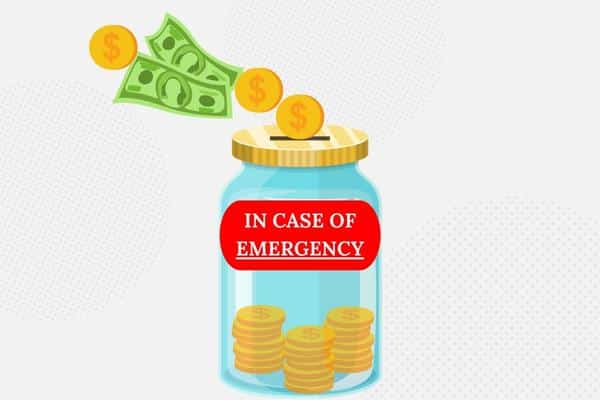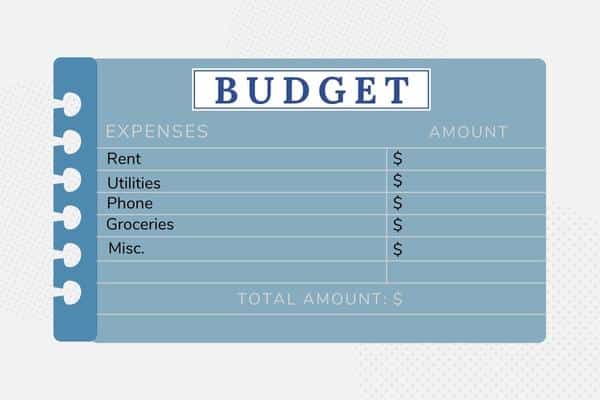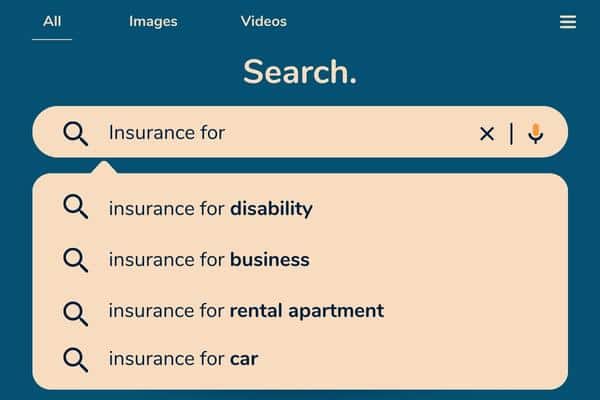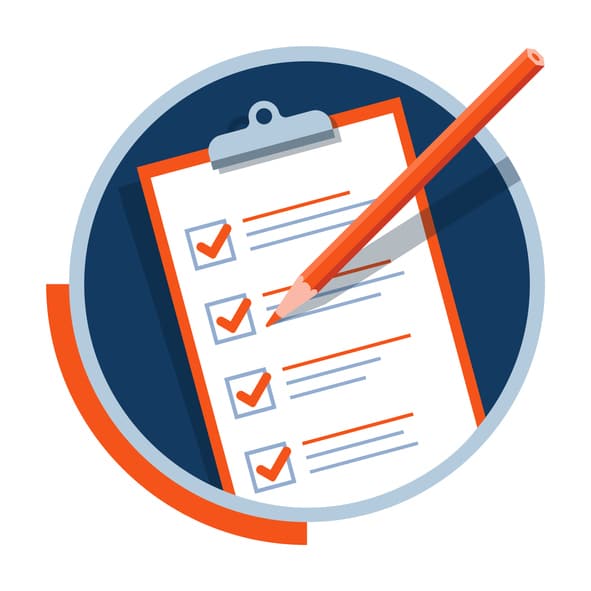Setting yourself up for long-term financial success requires strategic planning, but it’s easy to get started. One of the simplest, yet most important steps is to ensure you have an emergency fund. Whether or not you already have a “rainy day” fund, here is what you need to know about protecting yourself in case of a financial emergency.
What Is an Emergency Fund?
An emergency fund is a financial safeguard that alleviates the need to assume debt and eases emotional stress during a period of financial hardship. Simply put, it is a bucket of funds used only in emergency scenarios. Experiencing a job loss, large medical or vet expenses, and major car or home repairs are some situations when emergency funds can be used.
How Much Is Enough?
When considering how much to include in your emergency fund, it is important to examine your personal situation. Factors like your income, lifestyle, household and monthly living expenses, spending habits, and debts are key in determining how much to set aside.
Typically, it is recommended to have 3-6 months of living expenses saved in an emergency fund. If you have an unsteady stream of income or someone in your household suffers from a chronic medical condition, a larger emergency fund can compensate for expenses during tougher financial times.
If you have not yet begun an emergency fund, you can start by setting a goal to save for 3 months of expenses. If you already saved 3-6 months of expenses and feel you may require more, you can adjust your savings goals accordingly. Below is a table to help calculate your monthly living expenses and determine the amount of savings needed for your emergency fund:
Part 1: Calculate Your Total Monthly Living Expenses
| Mortgage/Rent | $ |
| Groceries | $ |
| Utilities (Electric, Internet, Water, Phone, etc) | $ |
| Insurance Premiums | $ |
| Medical Expenses | $ |
| Car Payments | $ |
| Transportation (Gas, Public Transportation) | $ |
| Debt Payments | $ |
| Other | $ |
| TOTAL MONTHLY LIVING EXPENSES | $ |
Part 2: Determine How Much You Need in Your Emergency Fund
| Total # of months of living expenses saved | Multiply by your Total Monthly Living Expenses from Part 1 | Total amount needed in emergency fund |
|---|---|---|
| 3 Months | 3 x Total Monthly Living Expenses | $ |
| 4 Months | 4 x Total Monthly Living Expenses | $ |
| 5 Months | 5 x Total Monthly Living Expenses | $ |
| 6 Months | 6 x Total Monthly Living Expenses | $ |
What Assets to Use as Emergency Savings
Emergency funds should be separate from everyday use accounts to prevent dipping into savings. To better prepare for any financial hardship, the savings vehicle you choose for your emergency fund should be safe, easy to access, and liquid. This will help avoid penalties and provide ease of mind when withdrawing from and building an emergency fund. Below are some assets you can use:
- Traditional Savings Account
- A traditional savings account is easy to establish and offers immense flexibility. However, one disadvantage of a traditional savings account is that it may not earn as much interest as a high yield savings account would over time.
- High Interest Savings Accounts
- High interest savings accounts allow you to earn more interest while providing insurance and ease of accessibility.
- It is important to note, high interest savings accounts may require monthly contributions and have limitations on withdrawals.
- Money Market Accounts
- These are very similar to high interest savings accounts but may have higher fees, minimum balances, and limits on transfers or withdrawals.
- No-Penalty Certificates of Deposit (CDs)
- Unlike traditional CDs, funds from no-penalty CDs can be withdrawn without a penalty before the term ends.
- A drawback to the liquidity advantage is that no-penalty CDS tend to offer lower fixed rates than traditional CDs. Furthermore, any amount of withdrawal could require all funds to be withdrawn and the account to be closed.
Ways to Start Saving
The best approach to begin saving is by treating your emergency fund as an additional expense. Regularly dedicating a specific amount from your paycheck to your emergency fund creates worthwhile saving habits and an opportunity to address spending levels and any deficiencies. It is important to remember that even if you start saving small, your money will build over time. Here are additional tips to consider when saving for your emergency fund:
- Automate your savings via direct deposit or recurring transfers.
- Use taxes to your benefit:
- Tax refunds can be an effective way to save for your emergency fund especially if current spending levels are hard to cut down. Additionally, if you regularly receive large tax refunds, you may want to review your tax withholdings so that you can deposit more in your emergency fund throughout the year.
- Gradually increase your savings as your income increases or as you feel comfortable.
- Consider new side hustles to create additional padding and set aside earnings directly to savings and taxes.
- Save additional cash from other unused savings or checking accounts, inheritances, bonuses, cash winnings, and cash gifts.
Having an emergency fund is a key initial step towards ensuring a strong financial plan. While you hope you rarely need to use your emergency fund, you will be prepared in case you need to. At SageVest we ensure your financial needs are met from top to bottom. We invite you to contact us to learn more.




